Casa Serralves, with its Art Deco villa, Museum of Contemporary Art, and outstanding park, is one of the most visited places in Portugal. It has a rich history, beginning with life as the villa of a wealthy industrialist who was inspired by the French Art Deco movement. It is a multidisciplinary educational center and world-class museum today, and a must-see destination.
The villa was built over a period of 20 years, beginning in 1925. It incorporated the efforts of a large number of architects, designers, and artists, but today its authorship is a bit controversial. Luckily, Count Vizela was a man who managed to gather a number of prominent and talented people and to mediate between their work and his own taste.
The leading architect was the famous Portuguese José Marques da Silva, but numerous others contributed. Charles Siclis was responsible for important design aspect–the evaluations and layout plans. The pink color that stands out today was chosen by Alfred Porteneuve, and René Lalique designed the skylight in the hall’s ceiling.
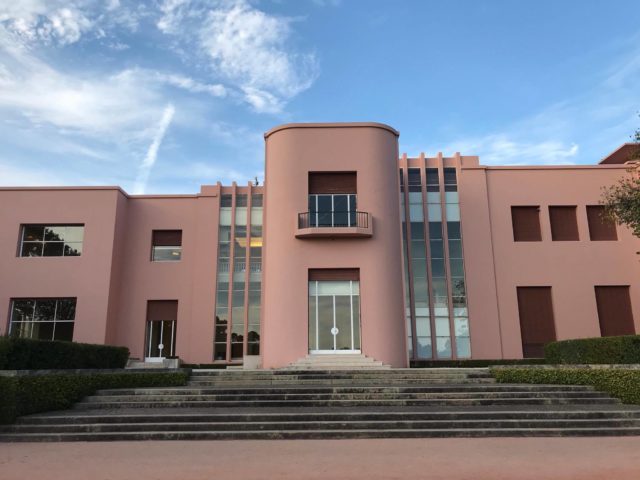
Émile-Jaques Ruhlmann, one of the greatest designers of the French Art Deco, is responsible for the interior design and for some aspects of the exterior. He completely designed the dining room, salon, hall, billiard, and cloakroom.
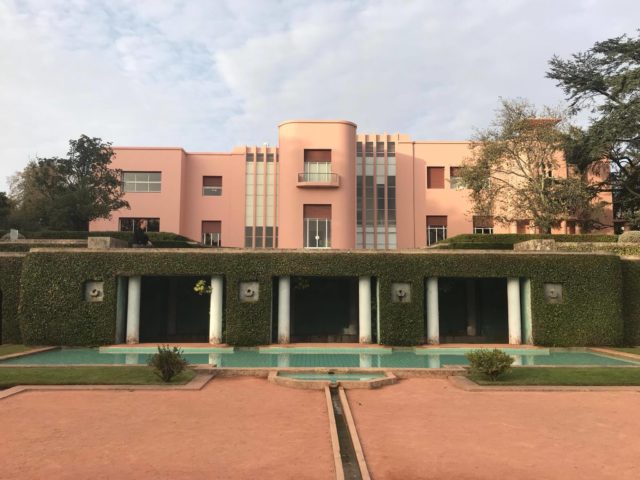
The villa is a testimony to Art Deco and a unique house of this style in Porto. Located only a short distance from the city center, it looks quite plain from the street. On the other hand, the façade overlooking the garden, with its decorative rigor and elegant geometric lines, is full of long and wide windows. It even has an integrated chapel from the 19th century.
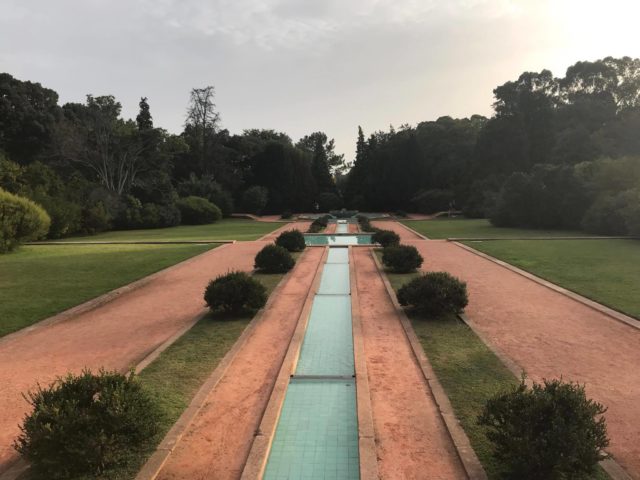
Unfortunately, Cabral and his wife, Blanche Daubin, only lived there for 12 years. Due to a financial downturn, he was obliged to sell it, but the contract involved one important issue: nothing could be changed. In the early 1950s, the new owner became Delfim Ferreira, a textile industrialist magnate.
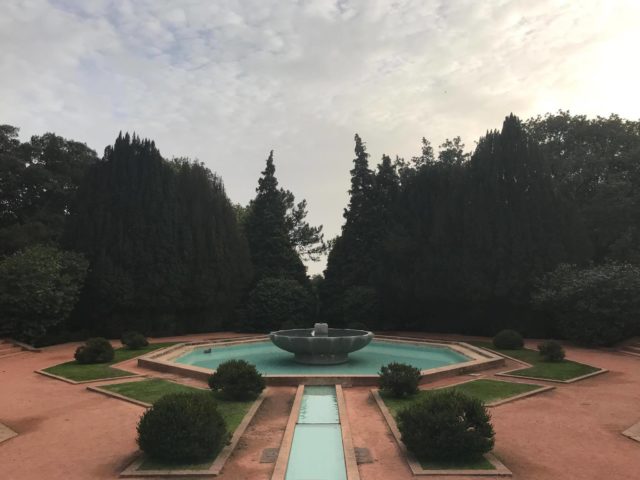
The interior of the villa consists of three floors and a two-story central hall that invite social gatherings. An elaborate iron gate designed by Edgar Brant divides the social zone from the luxury private rooms upstairs and the service room and library on the ground floor. The villa is located on the highest point of the property and is completely surrounded by an impressive garden. It is full of natural light provided by many windows and a skylight, which makes the garden a feature that is present all the time.
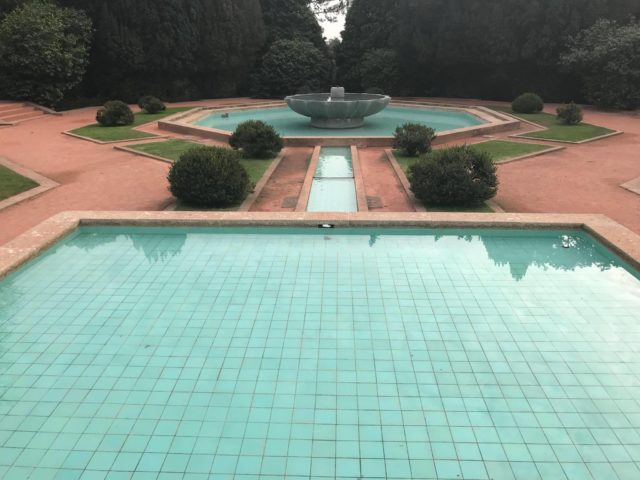
In 1923, Cabral expanded the estate towards the river Douro and the sea. The French-style park was the work of the landscape architect Jaques Grebér, and next to it was placed the Portuguese rustic farm called Quinta.
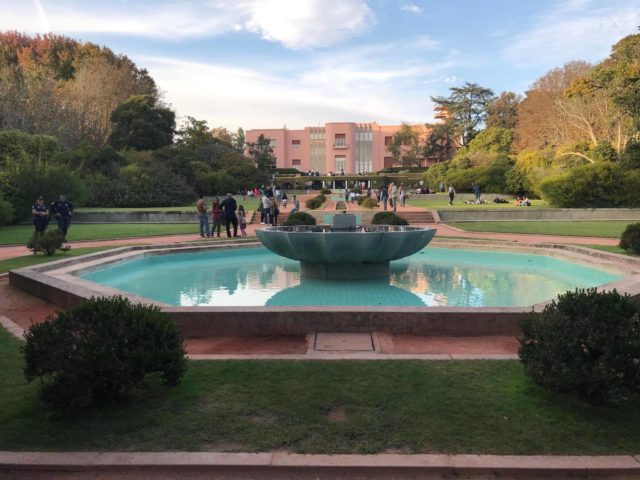
In 1987 the Portuguese state bought the property and the same year opened it to the public, and the Serralves Foundation was soon established. In 1999, the Museum of Contemporary Art was opened, a completely new building designed by the winner of the Pritzker Price, Porto’s architect, Alvaro Siza Vieira. He created a discreet and elegant white building that perfectly merges with the landscape and is inspired by its topography.
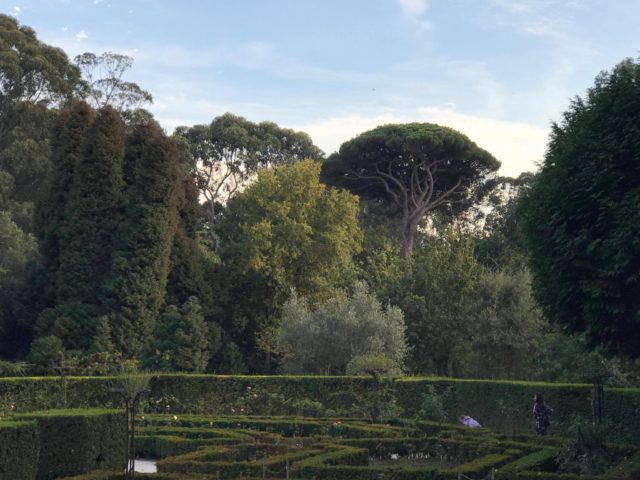
It is a structured as a three-story series of interconnected spaces, with an atrium and a restaurant terrace on the first floor that has an amazing view of the gardens. With its fresh and powerful but simple design, it corresponds with the aim of supporting cutting-edge contemporary art.
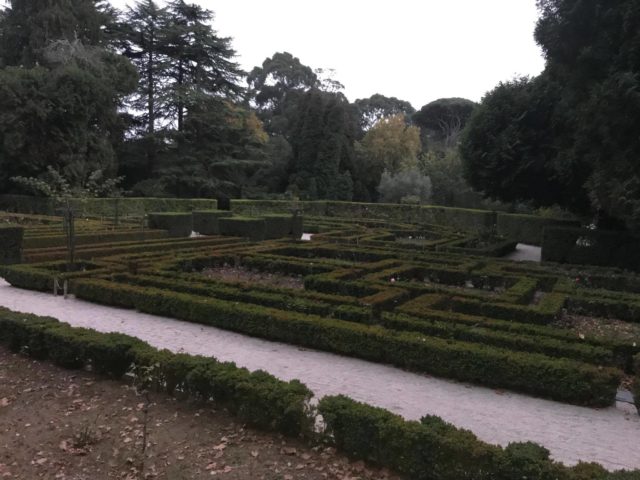
The policy of the museum is not to have a permanent collection on display but 14 exhibitions that are constantly changing. In addition, it has a library, education studio, multipurpose room, and a bookstore.
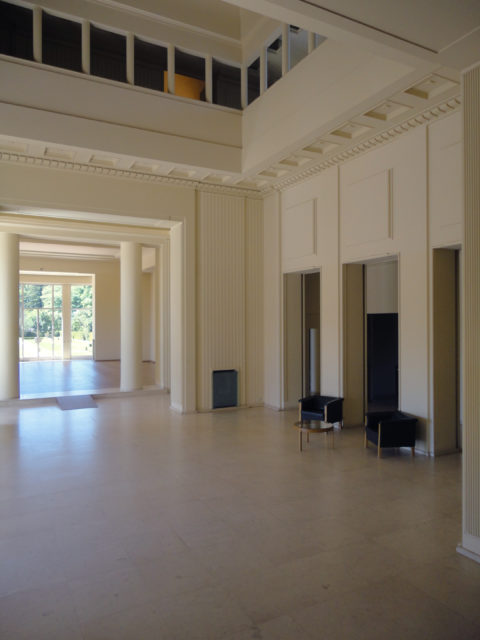
In 1996, the Serralves was classified as a building of public interest and in 2012 as a national monument. Today, the gardens are renowned for wildlife and more than 200 species of flora, migrating birds, and enormous trees.
The farm is one of the last agricultural centers in Porto, used for children’s educational purposes. It has an aromatic garden full of medicinal herbs as well. It’s known as a national museum and a unique multidisciplinary place for all ages and all types of enjoyment.
